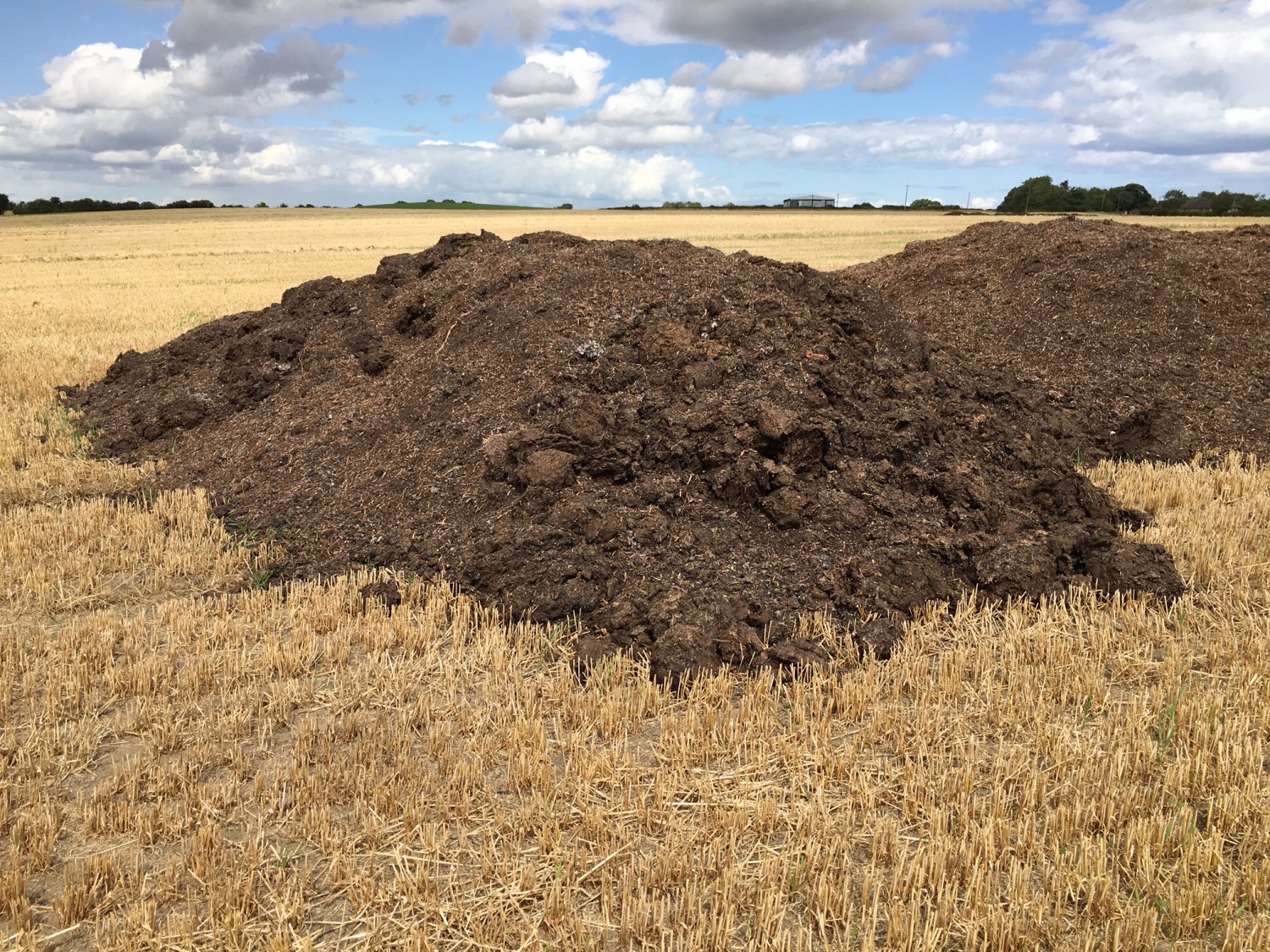
Teagasc Crop Report
Organic Manures
Organic Manures

To view the full report you must have an existing account with Teagasc ConnectEd.
Farmers sign in hereAlready have a ConnectEd account? Connected Client or Teagasc staff log in here
Organic manures
There are many benefits to be gained from the application of organic manures to tillage crops. They provide a valuable source of N, P, K, Mg, S, Ca & minor nutrients such as Cu, Mn & Zn. These nutrients are supplied in a form that is plant available but also in organic forms that will mineralise over time and provide a reserve of nutrients within the soil. The nutrient content of organic fertilisers can vary considerably and is affected by the animal type, the diet fed, the bedding material and the extent of dilution with water.
Organic manures also help to build the soil organic matter and organic carbon which improves the soil health and resilience. The organic matter contents varies depending on the type of manure applied. For example, low dry matter liquid manures (pig slurry) will not supply as much organic matter/carbon compared to a high dry matter manure such as FYM or spent mushroom compost.
When working with organic manures it is advisable to have the manure analysed to determine the nutrient values based on their percent dry matter (%DM). For example, there are fresh organic manure products coming from poultry manure and their nutrient values are reported on a fresh weight basis. In addition, there are poultry manures that are dried and therefore the final nutrient values will be higher compared to the fresh manures. This can be confusing when values are compared to standard / typical organic manure values as reported in this report. Therefore, check manure analysis and dry matter % to ensure application rates are adjusted based on the product been applied.
Current fertiliser prices dictate organic manures offer savings in chemical fertiliser costs. For example an application of 25 m3/ha of cattle slurry can reduce costs by €150/ha in N, P & K.
Please create an account to view hidden content
Maximising Nutrient Use efficiency of organic manures
So as to maximise the nutrient recovered from organic manures the following steps should be taken:
- Apply organic manures to crops and fields that have a high P & K requirement- index 1 and 2 soils
- Ensure slurry is well agitated; apply accurately and evenly for best results
- Have manures analysed to check N, P & K values for optimum use- hydrometer
- If applied by splash plate, incorporation must occur within 24 hours (S.I. No 113/2022) however, to maximise N recovery incorporate within 2 to 4 hours
- Apply at a time when crop demand is high in spring
- Application in dull, cool, overcast or misty conditions will result in lower ammonia losses compared to application in warm, dry, sunny weather.
- Adjust crop fertiliser programmes to take account of organic fertiliser applications and make cost savings
- On index 1 & 2 soils P availability is reduced by 50%.
- Ensure organic manures are compliant with the nutrient legislation
- When importing organic manures do not exceed the whole farm 170kg Org N/ha limit
- Complete Record 3 (Record of Organic Movement of Organic Fertilisers) to reflect manure type and quantity imported
Please create an account to view hidden content